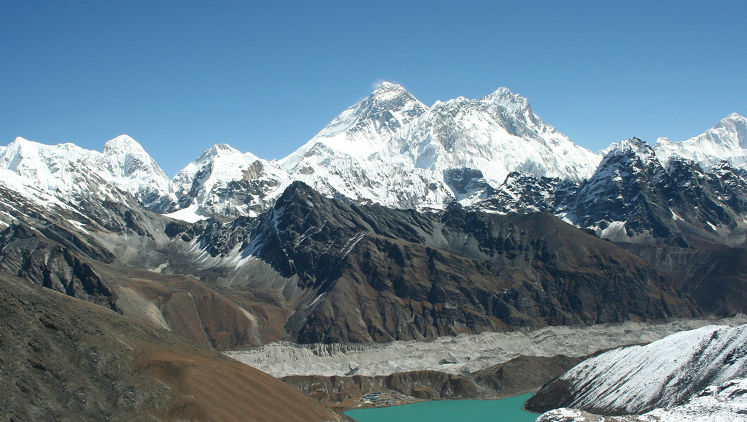Kumara Parvatha Trek Guide
- 2948 Views
- [email protected]
- April 24, 2021
- Travel
Kumara Parvatha trek or Pushpagiri trek, as popularly called, is the second-highest peak in Coorg, after Tadiandamol peak and the fourth highest peak in Karnataka. At an elevation of 5600 ft, it is visible only after crossing Shesha Parvatha, the other peak of Kumara Parvatha. Situated in the majestic Western Ghats of Karnataka, the Kumara Parvatha trek is famous for the ancient temple called Kukke Subrahmanya. The temple holds an astounding historical background and is of great importance to the locals. At a breath-taking height of 5,600 feet, Kumara Parvatha peak is also a challenging and thrilling trek in Karnataka. Covering a distance of 22 kilometers over 2 days, the expedition into nature satisfies your expectations of a trek! All you need is time, companion and warm clothes! This trek attracts trekkers from busy cities like Bangalore and also nearby South Indian states.
Glimpse of Shesha Parvatha
Located in the Pushpagiri Wildlife Sanctuary, the Kumara Parvatha trek comprises two peaks. The smaller one Shesh Parvatha, and the higher one, Kumara Parvatha peak. The Shesha Parvatha peak is an absolute beauty beyond nature. Right behind the Kukke Subrahmanya temple, the peak offers you a splendid view of its thick cover of lush green forest. The thick forest section after Shesha Parvatha is also an eye-catcher. The far loud chirping of birds can be heard so clearly. Thus, a trek to Kumara Parvatha is a trek to two amazing wonder peaks of Coorg.
Kumara Parvatha trekking Day 1:
Starting from the Kukke Subramanya Temple, the first few km is an easy walk and it gets moderately difficult to climb through thick woods which will lead to the grassland. 6 km to Bhattara Mane, it’s the place to rest and the day comes to end after you seek permission from the forest house for camping. The ViewPoint I, closer to the forest house, will tell you that you are standing amidst the Western Ghats and also offers you a panoramic view of Shesha Parvatha.
Kumara Parvatha trekking Day 2:
An early start will lead you to Kallu Mandapa which is about 2 km. The route to Shesh Parvatha is the toughest part of the trek which has a near-vertical climb. But the reward of your sweat breaking is immense. A vast green meadow along with the steep rocks is an indication of your nearness to the peak. The Western Ghats is at its best from this point. The 2nd part of the trek is reaching the Kumara Parvatha peak which is considerably easy. The peaks of Coorg, the remaining part of the alluring Western Ghats, and the expansion of Madikeri are truly worthy of the trek.
Summer, autumn, or winter?
The trek is exhausting during the summer months. The heat and sun will drain your energy making it less exciting to do the trek. Dehydration will hit you hard and you have to watch out for forest fires! Winters give a completely new face to the Kumara Parvatha hills with thick mist and dreamy fog surrounding the forest. In monsoons, the trail is extremely slippery and demands a lot of care with each step. The trail is largely on loose mud, gravel, and sharp rocks, and the rain would make it more intense to walk on. To conclude October to January and June to September are ideal months to plan the Kumara Parvatha trekking.
Trail from Somwarpet
Any challenge lover or pro would trek to Kumara Parvatha from Beedhalli in Somwarpet. Quite a longer route and considerably more difficult than the other route, the trekker is recommended to have a watchful eye throughout the trek. But the scenery is nevertheless stunning and will take your breath away! Some hikers prefer to ascend the Kumara Parvatha peak from Somwarpet and return via Kukke Subramanya.
One has to feel amazed while traversing through the thick forest. Even the sun rays can not penetrate that easily! The next peculiar feature is the 360-degree view of the vast Western Ghats. One has to trek to Kumara Parvatha hills to capture a glimpse of the Western Ghats. The grassland is full of lush green or turns golden brown, depending on the season and whatever it is, both are splendid vistas!

